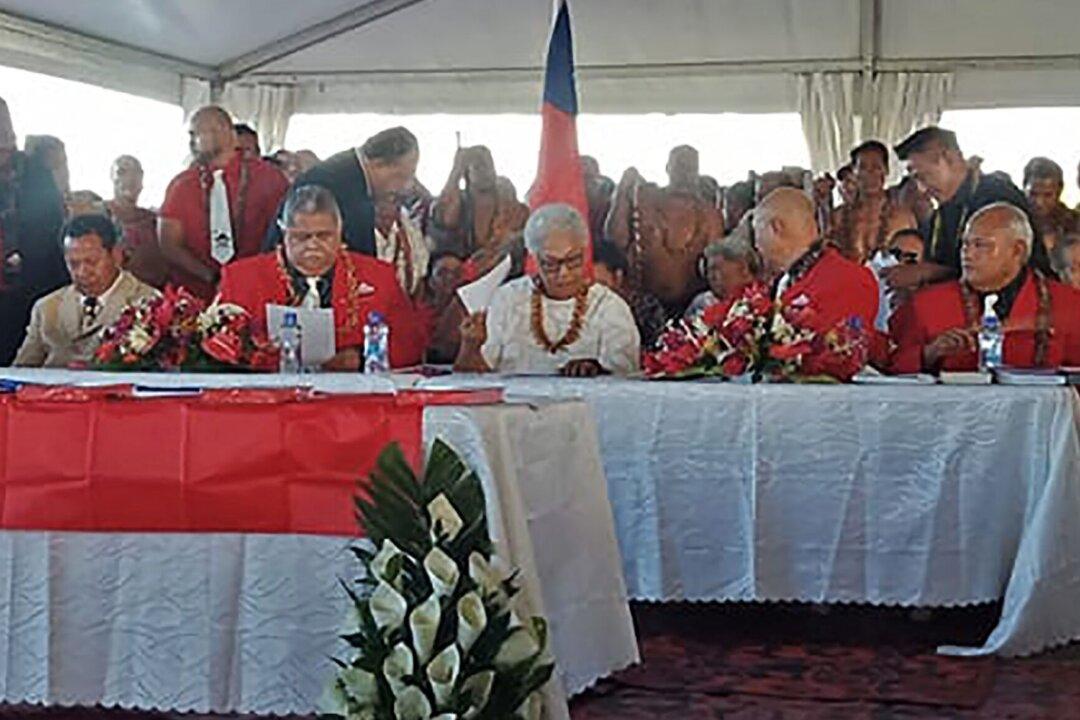SYDNEY—The new prime minister of Samoa has confirmed she will cancel a China-backed port project. She hasn’t closed the door to China as she navigates a path for the Pacific nation as a regional competition between Beijing and Washington intensifies.
Fiame Naomi Mataafa indicated she would only approve investments that had clear benefits for her country as she expressed doubts about an upside for the Pacific being a pawn in a geopolitical tussle between the two superpowers.





